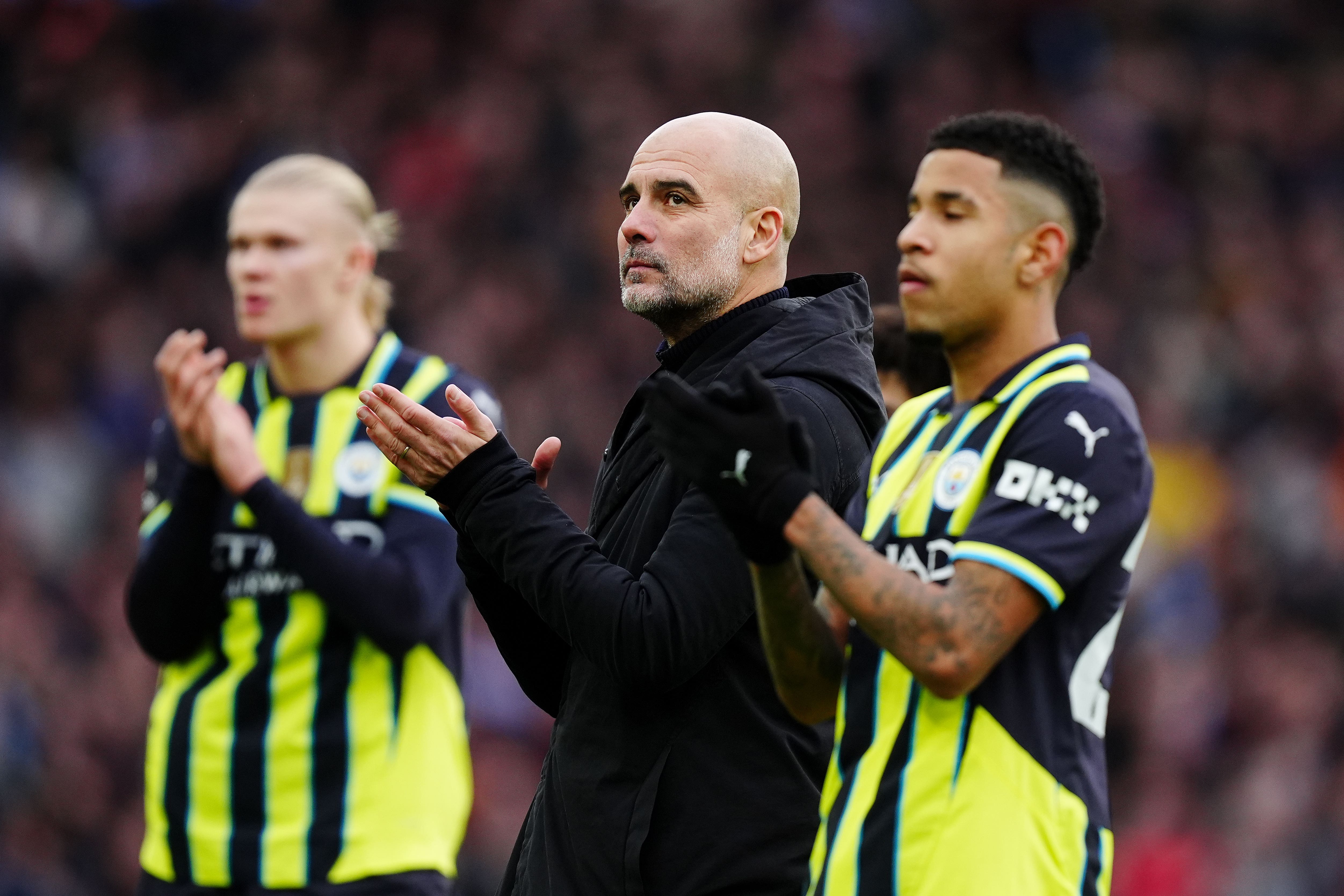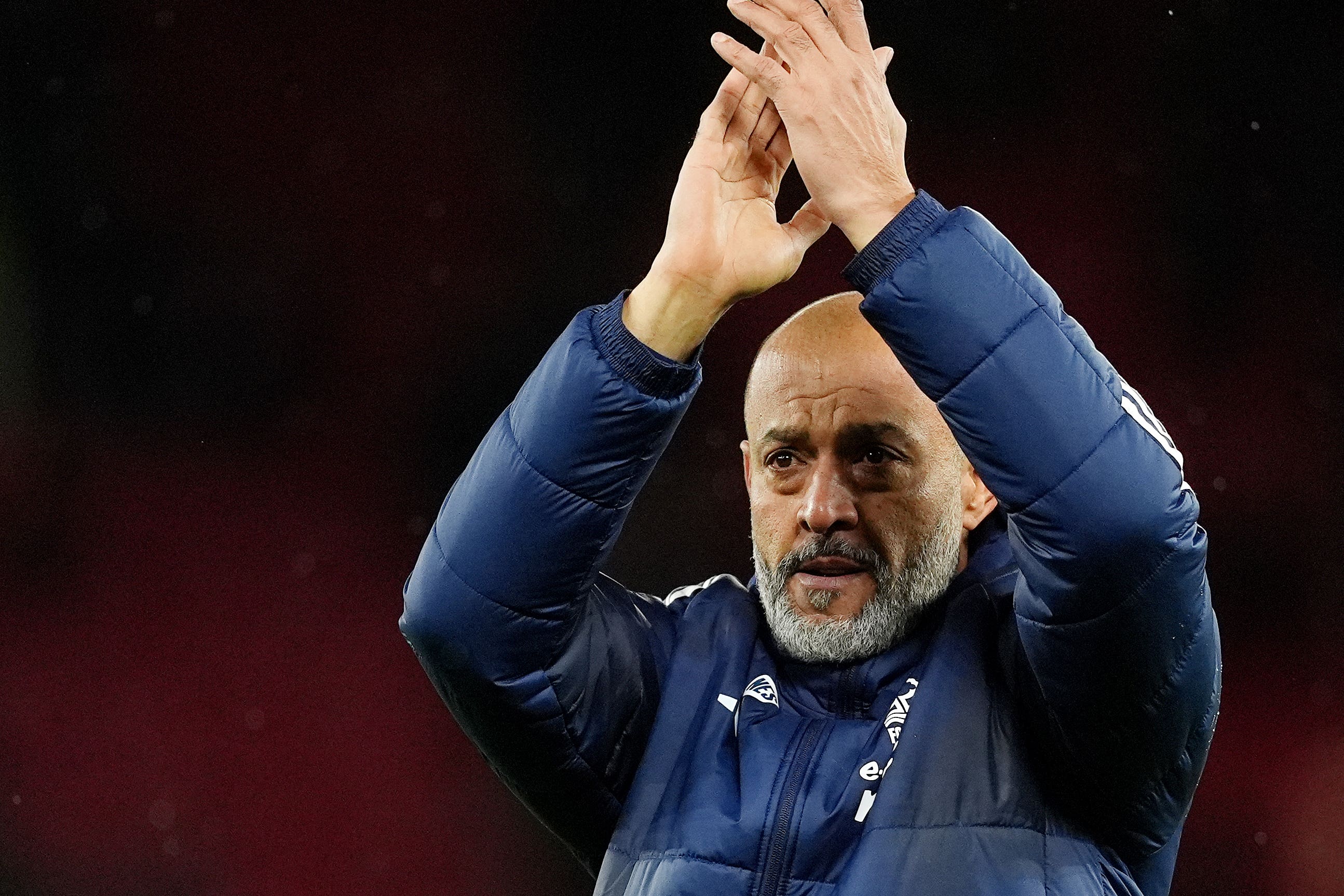Evertonian Alexandra Topping – knowing that the famous old ground’s time was running out – made a final pilgrimage with her nine-year-old son. It’s the sound of Goodison Park that gets you. The deep rumble of feet pounding on planks when a blue shirt walks to the corner flag, a thundering drumbeat that vibrates through the legs, up into the torso, direct to the heart. It’s the staccato clatter of wooden seats flipping skyward as a player runs down the wing. The chants started in the belly of lower stands which spill out into the air in swirling eddies, echoing disjointedly around the ground.
![[Alexandra Topping with her father. ‘My dad took me to my first game at Goodison when I was three. I cried all the way through, but it didn’t put him off.’]](https://i.guim.co.uk/img/media/8f23277a0eb48627c571dac7ced47437ddfcf02b/327_50_1273_764/master/1273.jpg?width=445&dpr=1&s=none&crop=none)
It’s the sound of my childhood, the sound of my teens and a specific sound that – at the end of this season – will not be heard again. Everton Football Club are leaving Goodison Park – their home for more than 130 years – and moving to a state-of-the-art 52,888-capacity stadium at Bramley-Moore dock, on the banks of the Mersey. Wednesday will mark the final derby under the lights at Goodison and among the usual emotions for Evertonians – dread, primarily, despite last year’s anomalous 2-0 victory – there is likely to be a deep sadness, as another milestone passes in this season’s long goodbye.
![[Children play football in a terraced street leading to Goodison. ‘Evertonians know we are – somehow, despite many false dawns – gaining an impossibly beautiful new stadium, a new future, even hope.’]](https://i.guim.co.uk/img/media/f2a3603953f4d367a614f03e217a5625ef861fdf/0_0_6000_4000/master/6000.jpg?width=465&dpr=1&s=none&crop=none)
My dad took me to my first game at Goodison when I was three. I cried all the way through, but it didn’t put him off. One of my earliest memories is being very small and hot in my winter coat, surrounded by a sea of loud shuffling men leaving the Lower Bullens stand. “Mind the little girl, lads,” said one, and space opened up as a group of burly scousers formed a protective wall around me. Goodison was always a place where I felt safe. Like tens of thousands of other Evertonians, going to the ground with my family was more than my Saturday routine; it was a central part of my identity. As a football-obsessed girl, it meant my passion was taken seriously. I was allowed to talk about football, because I went to the match. Dennis Bergkamp got it. “When you start supporting a football club, you don’t support it because of the trophies, or a player, or history,” he said. “You support it because you found yourself somewhere there; found a place where you belong.”.
![[Everton’s new £800m stadium at Bramley-Moore dock in Liverpool lit up at night.]](https://i.guim.co.uk/img/media/106cb54a8a1c2a1a9c70c2096ad9dacbb11786ba/0_546_8064_4839/master/8064.jpg?width=445&dpr=1&s=none&crop=none)
So if we mawkishly reminisce about our favourite Goodison memories (Barry Horne halting the juggernaut of relegation with a celestial screamer against Wimbledon on the final day of the 1993–94 season, while you’re asking), please indulge us. Why? Because in the multibillion-dollar era of industrialised football – where fan eyeballs are units on a spreadsheet, where clubs are not passion projects but investment vehicles – the bones of a place still matter. History, memory and belonging still matter.
![[Abdoulaye Doucouré celebrates after scoring the fastest goal in Goodison’s history after 10.18 seconds.]](https://i.guim.co.uk/img/media/2c13ca0fc5775145aa57f1f4cccad8b7a738abb5/0_22_8256_4954/master/8256.jpg?width=445&dpr=1&s=none&crop=none)
Goodison is, unarguably, a relic. Built in 1892, the oldest purpose-built football ground in England is surrounded by densely packed terraced houses making outward expansion impossible. Inside, the corporate boxes squashed into the main stand resemble badly maintained cattle pens. Watching the game from the back of the lower Gwladys Street or the Lower Bullens stands is like spying out of a letter box, while a wealth of steel struts provide an unrivalled choice of obstructed views.
But relics are precious. They tell stories. The Bullens Road stand, designed by Archibald Leitch, with a distinct criss-cross balcony motif – is 99 years old. The ground has hosted more top-flight games than any other stadium in England. It held the record for attendance at a women’s match for 90 years, after 53,000 people came to watch Dick, Kerr Ladies in 1920. Dixie Dean scored a record-breaking 60th goal of the season at Goodison in 1928. Pelé played here in the 1966 World Cup; Eusébio called it the “best stadium in my playing life”.
“When places like Goodison turn off the lights, you lose a connection with the past,” says Rob Sawyer, from the Everton FC Heritage Society, which can still be found on match days in St Luke’s church, nestled into the corner of Goodison Park. “I think most fans appreciate that the revenue we generate at Goodison doesn’t allow us to be competitive. But when you leave you no longer have that continuous thread going back to the years of Dixie Dean, Tommy Lawton, or more recently, Kendall, Harvey and Ball. You lose that historical connection. That thread is broken.”.
Evertonians know we are – somehow, despite many false dawns – gaining an impossibly beautiful new stadium, a new future, even hope. We watch hypnotic YouTube footage of construction of the Everton Stadium – which it will be blandly called until a company forks out millions for the naming rights – like hungry urchins, our stomachs growling. The new ground will, the club says, generate a £1.3bn boost to the economy of north Liverpool and create 15,000 jobs. Hoping to escape the trap of a soulless new-build, adopted Evertonian Dan Meis’s design will ensure that fans will be as close to the pitch as possible in steep, raked stands, while the roof will sit snugly over seating to lock in sound. The club has made other efforts to make the stadium a home, not only a sleek money-making complex. Outside the South stand, thousands of granite stones are being laid, celebrating births and marriages and remembering loved ones. It’s impossible not to be excited.






















